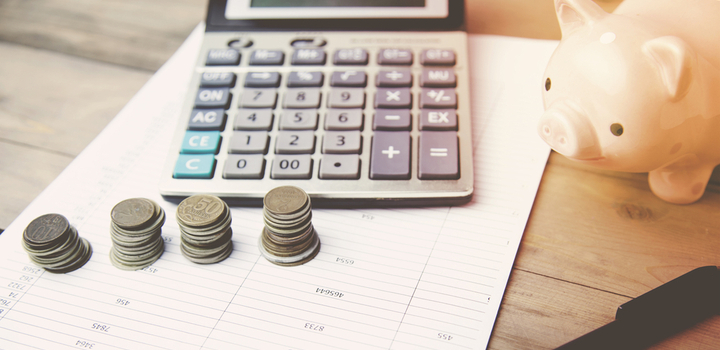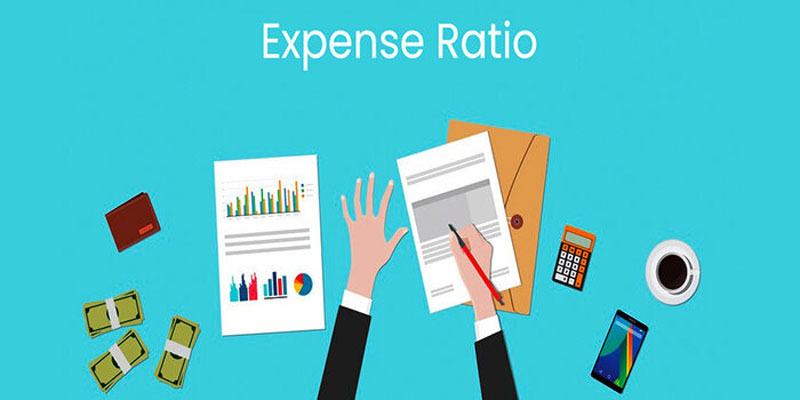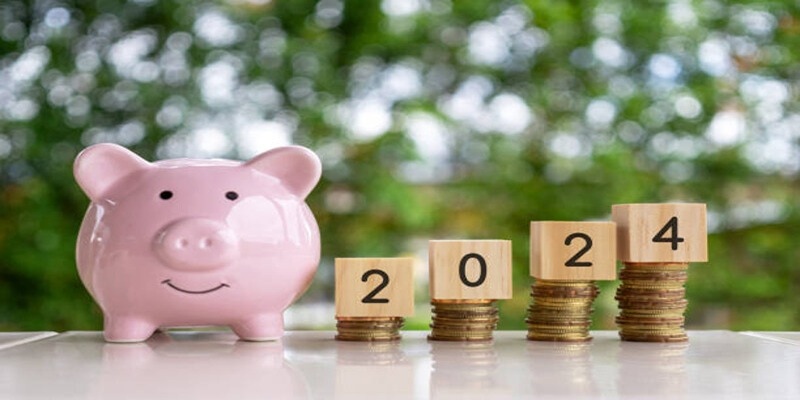What Is the Effective Yield?
Feb 06, 2024 By Triston Martin
The effective yield of a bond is the rate of return after interest is reinvested by the bondholder at the same rate. While nominal yield refers to the interest rate printed on a bond's coupon, effective yield considers all income earned by the investor. Compounding on investment returns is accounted for effectively but not in nominal yield.
What You Need to Know About Effective Yield

The coupon rate is the interest rate mentioned on a bond, represented as a percentage of the face value, and the effective yield is a measurement of this rate. Bondholders normally get their coupon payments from the bond's issuer twice a year.
This implies that the investor will get a coupon payment twice a year. The yield on investment is determined by dividing coupon payments by the bond's current market value to arrive at an effective yield.
Bondholders' yields can be calculated in several ways: the "effective yield." In addition, there is "current yield," which is the bond's yearly return calculated from today's price and its annual coupon payments.
That's because it presupposes the bonds are trading at face value. Interest rates fluctuate over time due to economic variables, but this is not always achievable.
What Is The Function of Effective Yield?
An investor's effective annual yield is the average interest rate or returns they may expect to earn each year. An investor's return on a bond is measured by its effective yield, which considers the impact of reinvested coupon payments. With semiannual coupon payments, the effective return is higher than the nominal or coupon yield.
Where I = effective yield, r = nominal yield, and n = the number of coupon payments made annually. A bond with a par value of $1,000 and a coupon rate of 10% would need two annual coupon payments for a total of $5000. This is how the effective return an investor receives from the coupon above payment is determined: I = [1 + (0.10/2)] 2 1 I = 1.052 1 I = 0.1025, or 10.25%.
What's the Deal with Effective Yield?

Since effective yield accounts for compounding, it accurately represents the investor's return more accurately than the standard annual interest rate. A further presumption of effective yield is that coupon payments can be reinvested at the coupon rate.
This means, in our example, that the investor can put their initial coupon payment into a different investment vehicle that offers 5%. In a period of declining interest rates, this may not be practicable. If this is the case, the yield to the investor will increase above the coupon rate since the investor will earn interest on interest.
Comparing the Effective Yield to the Yield-to-Maturity
The rate of return on a bond kept to maturity is known as yield-to-maturity. Yield-to-maturity can be converted to an effective yearly yield for easier comparison with the effective yield. For a bond to trade below par, the YTM must be higher than the effective yield. However, if the YTM is lower than the actual yield, the bond trades at a premium.
A bond equivalent yield is denoted by the symbol "YTM." Once investors have the BEY for a bond, they may use the time value of money to determine a more accurate annual yield. That's what we call "effective yearly yield," by the way.
An Illustration of Effective Yield
An investor who purchases a $1,000 bond in March and September would earn $25 in coupon payments each half year, for a total of $50 each year.
Conversely, the effective yield accounts for the reinvestment of coupon payments when calculating a bond's rate of return. He will earn a higher effective return than the current yield or nominal rate if he reinvests his dividends.
Because interest is earned on interest payments, the yield increases when the coupon is reinvested. Using the effective yield method, the investor in the previous case would earn somewhat more than $50 per year.
Conclusion
The effective yield is the yearly return on investment, commonly known as the annual percentage yield. In its mathematical form, I = [1 + (r/n)]n - 1.
Most investors use this strategy since it accounts for compounding and assumes they can reinvest coupon payments at the coupon rates. In contrast, the other methods ignore compounding and don't assume this.
It would help if you didn't mix this with the nominal technique, which is a completely different approach. An investor's effective yield will be greater than the nominal or specified coupon yield if the investor reinvests the interest and principal payments received from the bonds.

How Mutual Fund Expense Ratios Work: Explain in Detail

Virginia First Time Home Buyer

The Future of Banking: A 2024 Review of NorthOne’s Business Services

Should You Cosign A Student Loan For Your Child?

Form 2439 Explained: Navigating Undistributed Long-Term Capital Gains

Everything About: Investing in a "Turnkey" Property

Taking A Loan Against Your Life Insurance Policy

Stated Value Car Insurance

How to Buy Stocks Step by Step: A Comprehensive Guide to Investing

